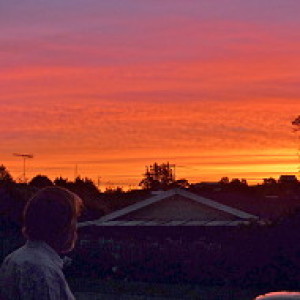Black Swan family
The locum has finished and I was farewelled today with some sadness on both sides. Apart from one day when I am working at the practice, I have the next two weeks to myself. To spend with son and his family across from Sydney to stay with us at the beach house. Daughter C and her two lads went home today; another sad parting, knowing of course that we will see them again soon. Daughter C responded to me saying I wanted a cake to take to the unit today, and I was able to present the staff with a fabulous fruit cake.
Back at the beach this early evening, I again went down to the water's edge, and second only to a blackjacked gull, I saw this sextet of black swans. They were not easy to get close to. This was the first shot, and appealed most to S. It was the only time I managed to include all six.
Black swans were first introduced to NZ from Australia in the 1860s; self introduction through migration is also believed to have occurred. They are now wide spread throughout the country, in lakes, lagoons, wetlands and estuaries.
They feed on water plants, upending to graze plants on the bottom. They are also known to graze pasture on occasions. Nesting is long; from July to February, although it can continue until late April in the north of the country.
The adult birds are black with a crimson bill. The juvenile is ash brown with a dull red bill. As they tend to remain in a family group for some time after the cygnets have hatched, closely guarded by the parents (mainly the cob), I think that I have caught here five juveniles along with one parent (third from right).

Comments
Sign in or get an account to comment.


